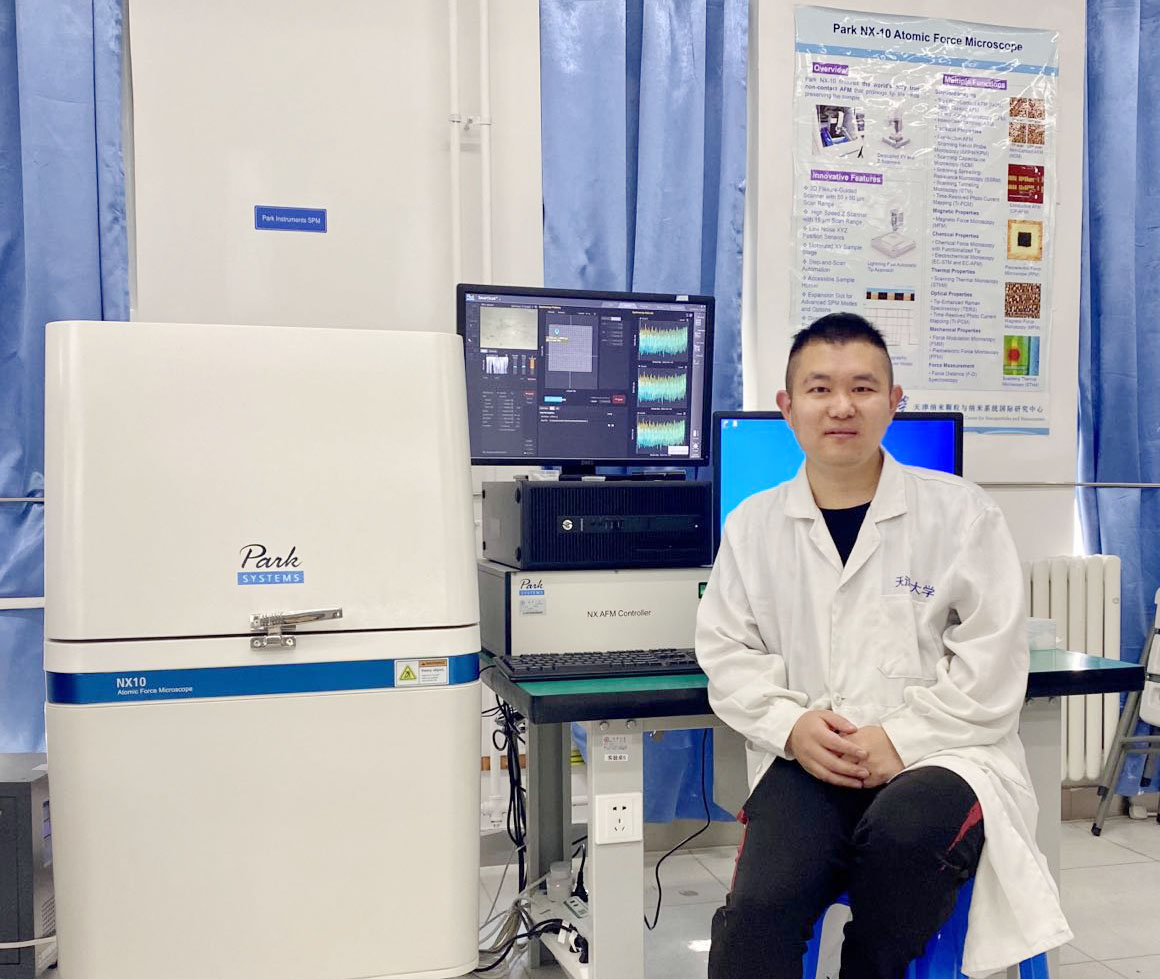
Dr. Gen Liu
Gen Liu received his B.S. and M.S. degrees from the Department of Science at Northeast University. Presently, he is a Ph.D candidate under supervision of Professor Lei Ma at Tianjin International Center for Nanoparticles and Nanosystems (TICNN), Tianjin University, P. R. China in 2017. His work mainly focuses on improving the technique of scanning electrochemical cell microscopy and its application in catalysis.
1. Please summarize the research you do and explain why it is significant.
Scanning electrochemical cell microscope is the latest generation of scanning electrochemical microscopy technology. It is designed to record the morphology and electrochemical activity information of samples simultaneously, which can directly correlate their structure and chemical properties. However, more technological progress and innovations are needed to realize the routine operation for normal customer at this stage. In particular, there is a great challenge in stable high-resolution topographical imaging. To resolve these problems, we proposed an extremely customer-friend method to easily get a high-resolution SECCM image. This is an important leap to realize the non-special training request for common customer.
2. How might your research be used?
The research included the high-resolution morphological test, accurate positioning test and repeatability test provide experimental evidence on the routine and commercial application of SECCM. Based on the described setup, the clear topographical and electrochemical activity information of ~45 nm gold nanoparticles self-assembly were recorded successfully.
3. Why is the Park AFM important for your research?
The diameter of the probe used in the system is ~50 nm, which means a small signal need to be acquired at about a few pA level. It required a very high stability and sensitivity of the whole system. While, a slow probe approaching speed of 0.1 μm s-1 and a high resolution of 0.1 nm provided by the Park AFM system well meets these requirements.
4. What features of Park AFM are the most beneficial and why?
As mentioned above, the very stable current controlling and extremely accurate Z-head motion of Park AFM can well guarantee the running of SECCM measurements. The features include a completely independent Z-direction displacement control, as slow as 0.1 μm s-1 approaching speed, and the less than 1.0 pA weak current detection capability. All of them make the routinely operating SECCM for mapping the nanoscopic surface chemical reaction in our research be possible.
